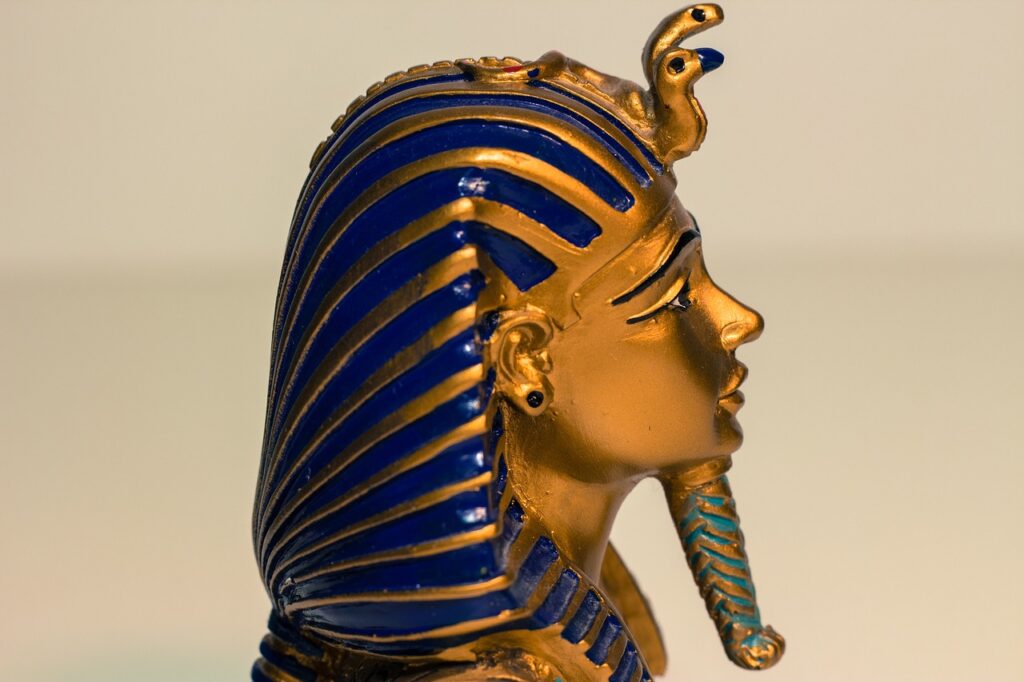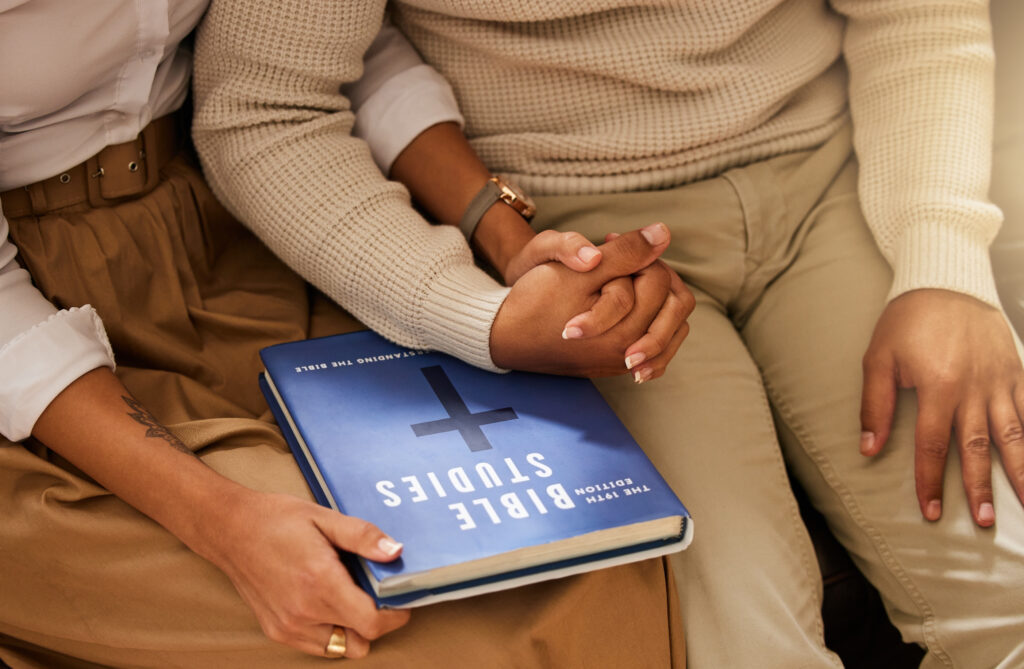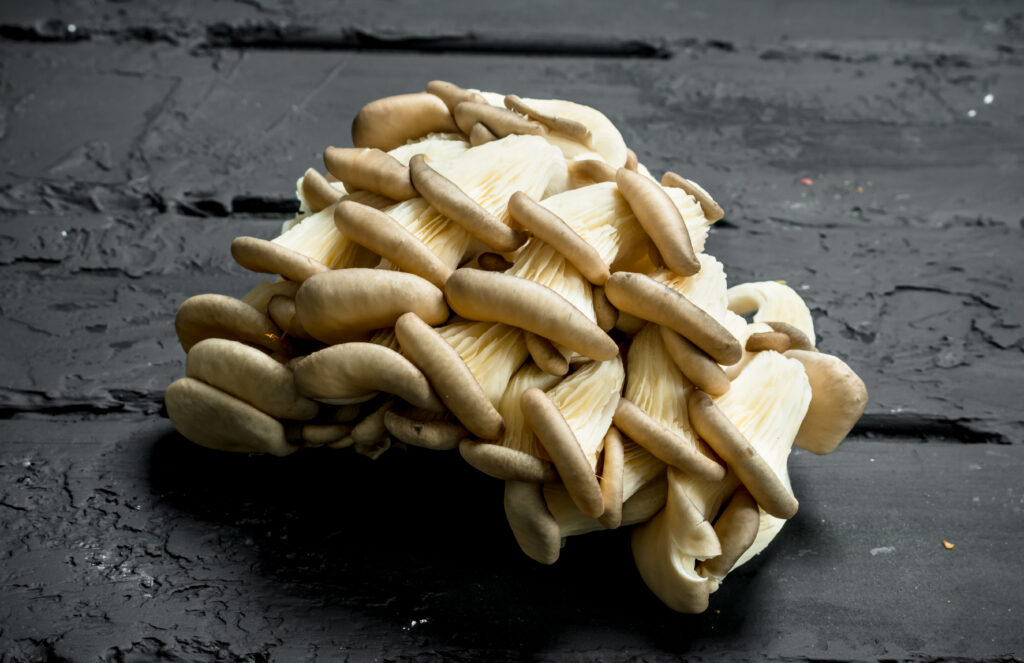Traditional clothing reflects our cultural identity and never goes out of style. Egyptian Traditional Clothing speaks a language that everyone can understand.
Egypt, which is one of the oldest countries existing, has clothing that has been worn in ancient Egypt from the end of the Neolithic period (before 3100 BC) to the collapse of the Ptolemaic Kingdom with the death of Cleopatra in 30 BC.
Read on as we discuss Egyptian traditional clothing and how it came about. Ok, let’s dive in.
Chronology of Egyptian Traditional Clothing
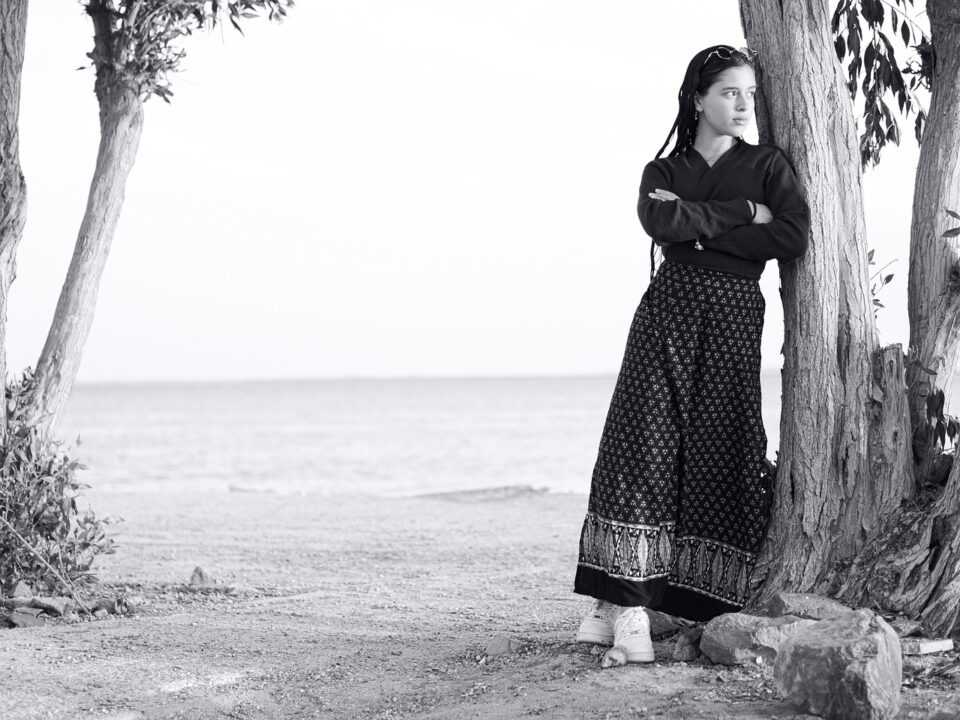
In ancient Egypt, men and women wore light and airy clothing, as the climate was hot and dry. The most common fabrics were linen and wool, dyed in bright colors and adorned with intricate patterns and symbols.
Men typically wore kilt-like skirts or loincloths, while women wore dresses with straps over their shoulders.
Egypt has a rich and diverse history of traditional clothing that reflects the country’s cultural, social, and political influences.
From the farmers who wear gallebayas to the city dwellers who draw on a range of cultural influences, Egyptian fashion is a diverse blend of styles and traditions.
Men typically wore kilt-like skirts or loincloths, while women wore dresses with straps over their shoulders.
Pharaohs and other high-ranking individuals wore elaborate garments, including wrap-around roots, kilts, and gold crowns, while ordinary citizens dressed more simply.
Men of the nobility class typically wore loincloths or short kilts, while wealthy men wore knee-length shirts and kilts adorned with beaded jewelry and gold accents.
Women of the working class wore full-length gowns, while elite women wore elaborate gowns and added to their appearance with makeup and jewelry.
Plaited wigs and hair ornaments were mainly worn by the nobility and the wealthy.
Both men and women wore sandals made from papyrus, vegetable fibers, and sometimes leather, though they were often depicted barefoot in paintings.
Over time, Egyptian Traditional Clothing has been influenced by a range of external cultures, including the Ottoman Empire, Europe, and Islam.
Fashion trends change in a wink. But in the 5000 years of Egyptian history, fashion hasn’t changed much. During the Ancient Kingdom, people wore simple garments without much sewing.
Egyptian traditional clothing was mostly of the draping type, held in place by knots, and waist belts placed in the fabric itself. Mostly white in shade, people of the higher society wore long, pleated, and see-through robes.
Men were more fashion-savvy in ancient Egypt. Egyptian Traditional Clothing had a wide assortment of more than 40 different styles. Their kilts indicated their age, social position, and status.
It was worn over long pleated skirts decorated with fringes. The age of the New Kingdom gave a fashion coat to Egyptian men, bringing more colorful applications to their clothing line.
Egypt traditional clothing accomplished the major role of covering and decorating the wearer to protect the body in a symbolic and apotropaic (averting evil) sense
Egyptian women wore more form-fitting clothing. Their clothing style was more fashionable, delicate, and choosy.
Women of the Old Kingdom wore long skirts, and robes with pleats, and fringes wrapping around their waists. Robes were parting slightly in the middle, exposing their legs.
Based on their social status, apparel was embellished with sequins, embroidery, feathers, and rosettes.
Ancient Egyptian children didn’t wear clothes until they were about six years old when they would wear the same clothes as men and women.
Although 90 percent of Egyptians are Muslim, dressing to match one’s religious views is not enforced in Egypt.
However, dressing decently is still important to Egyptians, and many women wear Arabic traditional clothes that cover most parts of their bodies.
Egyptian traditional clothing has always been an integral part of the country’s culture with practicality and comfort as the capsule.
10 Egyptian Traditional Clothings
1. Gallabeya
This is also called Jalabiya or Jalamia. The jalabiya differs from the Arabic thawb, as it has a wider cut, no collar (in some cases, no buttons), and longer, wider sleeves.
The Galabeya is the traditional choice for farming (fellahin) communities along the e Nile valley, all the way down to Sudan, Ethiopia, and Eritrea, and has been for hundreds of years, if not more.
This traditional fabric is made from lighter cotton in the summer as well as lighter colors like white or cream. In the winter, they are made with thicker, heavier cotton and darker colors to attract sunlight and keep more warmth, complimented by a scarf.
It is often worn with a turban, a type of headwear for men, which can either protect from the relentless sun or hold heat during colder weather.
Egyptians have figured out how to express their personalities through clothes, and yet still maintain the traditional feel of a galabeya.
Gallabeyas are worn by men and women alike. Due to its versatility and modesty, it continues to be a popular choice of clothing because it can be worn at any instance and anywhere.
2. Kalasiris
This traditional clothing was worn by women. It is a simple sheath dress held by one or two straps on the shoulders. The length of the dress reaches the ankle while the upper edge could be worn above or below the breast to either conceal or reveal the cleavage.
The length of this Egyptian Traditional Clothing was also a measure of social class. Women of the higher class wore dresses that tapered off at the ankle while low-society women wore shorter ones.
This clothing was mostly white, but some women dyed their dresses and embellished them with different patterns. Some Kalasirises were made from very thin, see-through materials, most likely linen that was very finely woven. Poorer women used heavier materials and the cut wasn’t the same either.
Kalasiris was the most distinctive garment worn by Egyptian women during the Old, Middle, and New Kingdoms. It gives the illusion of historical accuracy.
Over the dress, women had a choice of wearing shawls, capes, or robes. The shawl was a piece of fine linen cloth around 4 feet wide by 13 or 14 feet long.
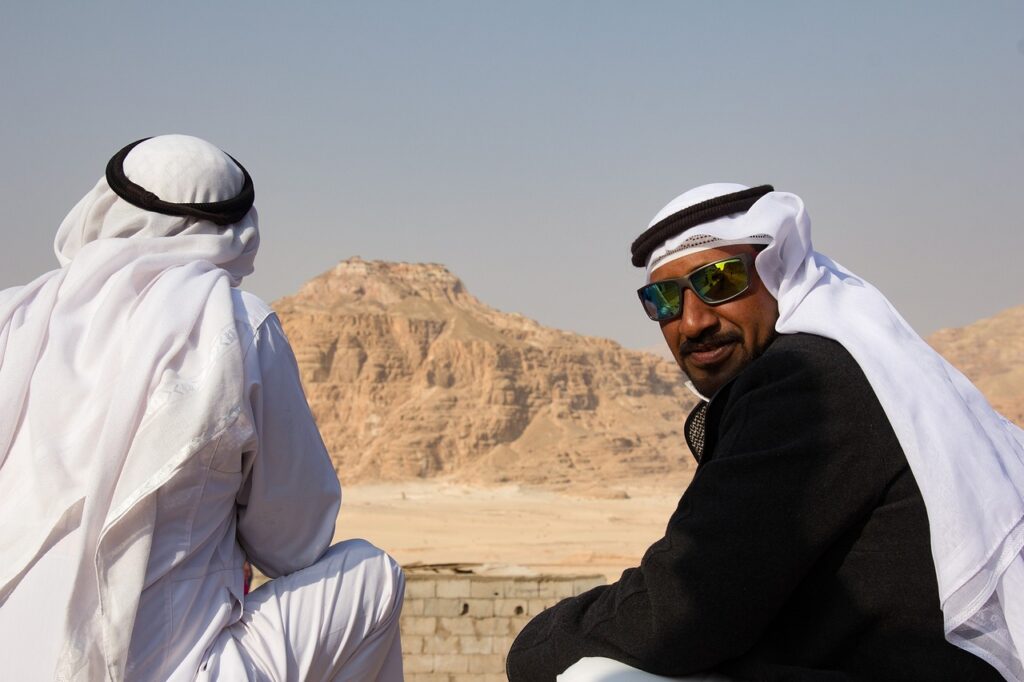
3. Kaftan
This is worn over gallabiya. The garment style is believed to have originated in Ancient Mesopotamia. Kaftans were initially full length (reaching below the ankles), but as time and fashion progressed, various lengths evolved like the hip-length kaftan and the knee-length kaftan.
Kaftans started among the royalty and then became popular among the common folk.
The Ottomans of the Turkish Empire wore this outfit mostly in bright colors with plenty of ribbons and button embellishments.
Kaftan is open in front and belted with a sash called “hizan”. This traditional clothing is often made from a striped fabric(half-silk, cotton, satin, brocade, etc.).
Comfort and kaftans are considered synonymous! Simple, striped, printed, or embellished, the kaftan suited all occasions.
4. Mandil
This is intricately woven from netting, lace, or threads, covering the lower part of the face.
This headdress not only serves as a form of modesty and protection from the elements but also represents cultural and religious traditions in Egyptian society.
5. Yelek
This traditional clothing is one of the most noteworthy outerwear pieces. It’s depicted by its incredibly long sleeves, tight-fitting shape, and deep slits on both sides
The Yelek has a wide, open neck and is buttoned or laced down the seams from the breast area to the waist.
Women always wear it over the gallebaya and tshalvar or shintijan. Over the yelek, Egyptian women traditionally wear overcoats called binnish or djubbeh.
These are similar to the binish and the djubbeh that men traditionally wear. However, the ladies’ versions are more delicate and feature a more feminine design.
Yelek is a longer-sleeved version of the male Kaftan.
6. Tshalvar/ Shintijan
They’re thin, loose, cotton baggy pants that are tied below the knee, and fall to the ankles. They’re tied at the ankle. This was worn as an underclothing.
7. Tob Sebleh
This is one outgoing outfit that is mainly made from cotton (or some other breathable material). Tob Sebleh is a very light, wide, and full-length dress.
8. Binish/Djubbeh
Binish is a dark fabric overcoat with wide sleeves and a simple cut. This traditional clothing is an outer garment usually worn over a kaftan.
Typically, a binish is a regular, dark coat with big sleeves. The djubbeh, an elegant long coat, is a classic item of clothing in the Middle Eastern fashion industry. They share many attributes, but each is unique in its way.
9. Schenti
The traditional male garment was the schenti. A simple kilt was wrapped around the hips with the ends hanging down in folds at the front of the body. Initially made of leather or hide, it was later constructed of a light cloth, usually linen.
The schenti was a rectangular piece of cloth, wrapped around the hips and held in place by tucking one end into the tightly wrapped waist or by wearing a tied belt.
Pharaohs are sometimes shown with a lion’s tail hanging down at the back of their kilt, while soldiers sometimes wore a kilt that was striped or cut from colored cloth.
The schenti, or kilt, was the basic garment of the Egyptian nobleman, or upper class, from the earliest days of the Old Kingdom(c. 2700–c. 2000 B.C.E.) through the New Kingdom (c. 1500–c. 750 B.C.E.).
The basic form of the schenti remained remarkably the same throughout the two-thousand-year history of ancient Egypt.
It is believed that the first Schenti were made of leather or animal hides, but soon linen became the preferred fabric.
There were various methods of folding this garment, the most common being that employed today in India and parts of Africa with the material passing diagonally across the hips with one end tucked in at the waist and the other hanging free at the front.
This garment was worn with a bare torso regardless of social status.
10. Taqiyah/araqiyeh
This is also referred to as skullcap. It is a small, round cotton cap often under a tarboosh – a red, cylindrical, brimless fez-like cap – or turban.
When worn by itself, the taqiyah can be any color. However, particularly in Arab countries, when worn under the keffiyeh headscarf, they are kept in a traditional white.
Egyptians have a long list of traditional clothing transcending from ancient Egypt till modern times. Modern-day Egyptian citizens continue to wear traditional clothing that travels back centuries.
Even now, as of 2022, most Egyptian designers make garments from vaporous linen, to confer a unique style while retaining comfort and ease of wear.
There are many types of garments that you cannot wear in Egypt, but overall, it depends on gender.
In time, traditional Egyptian clothing changed – more for women than men, and two of the most notable changes were the pleating of the skirts and the adoption of the triangular apron by the upper class.
Final Words
For decades, designers from all over the world have used ancient Egypt as a reservoir of inspiration.
In return, these designers have left their imprint on Egyptian clothing styles.
It is this rare blend of Arabic clothing heritage with Western cuts that gives Egyptian Traditional Clothing designers such a unique display on the global stage.
Also, unlike in most Western countries where gender boundaries are blurred, Egyptian clothing retains notable differences between male and female styles.
Women also wear hijabs to cover their necks and heads, or a niqab is usually used to cover just the face and head.
